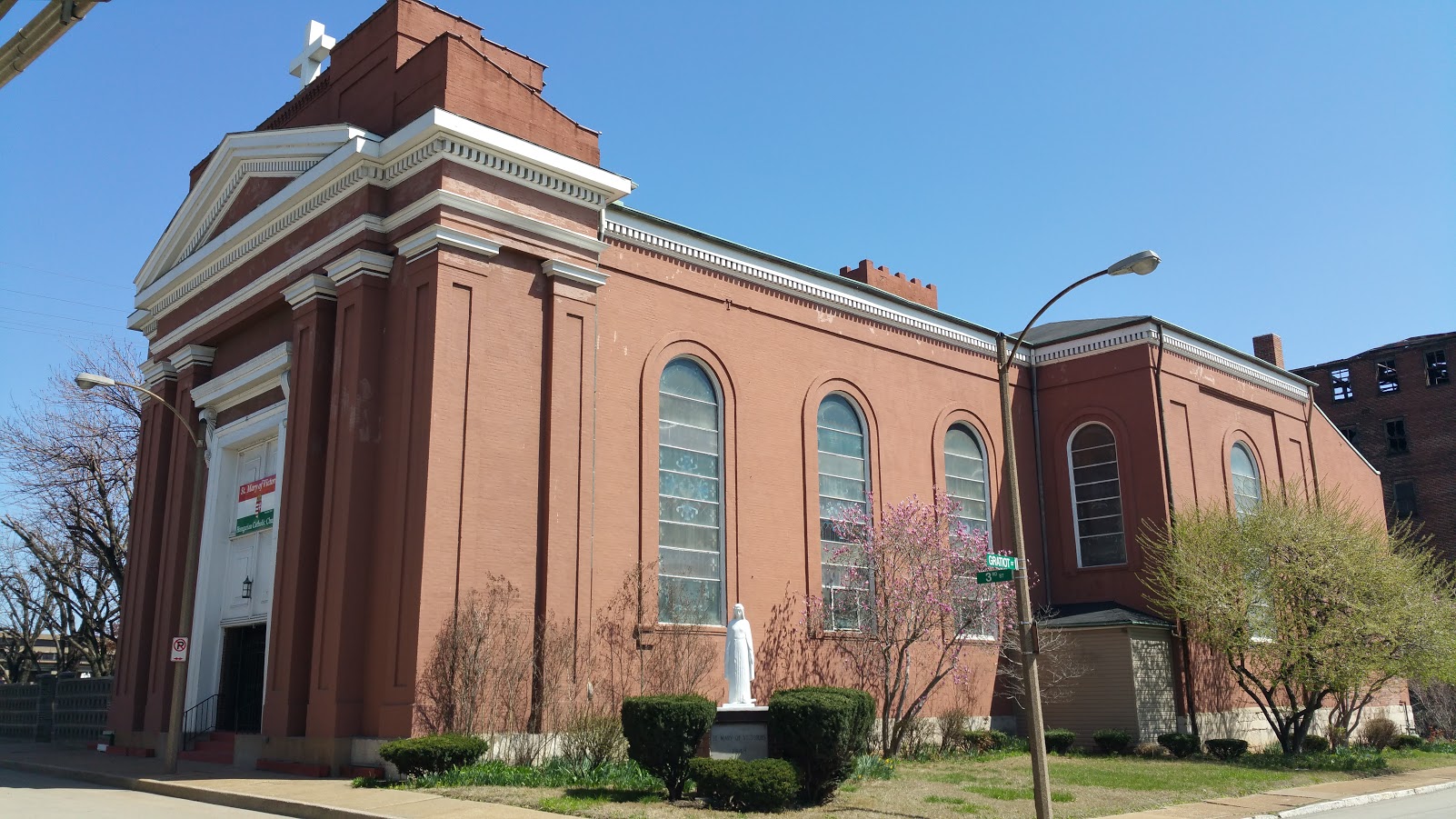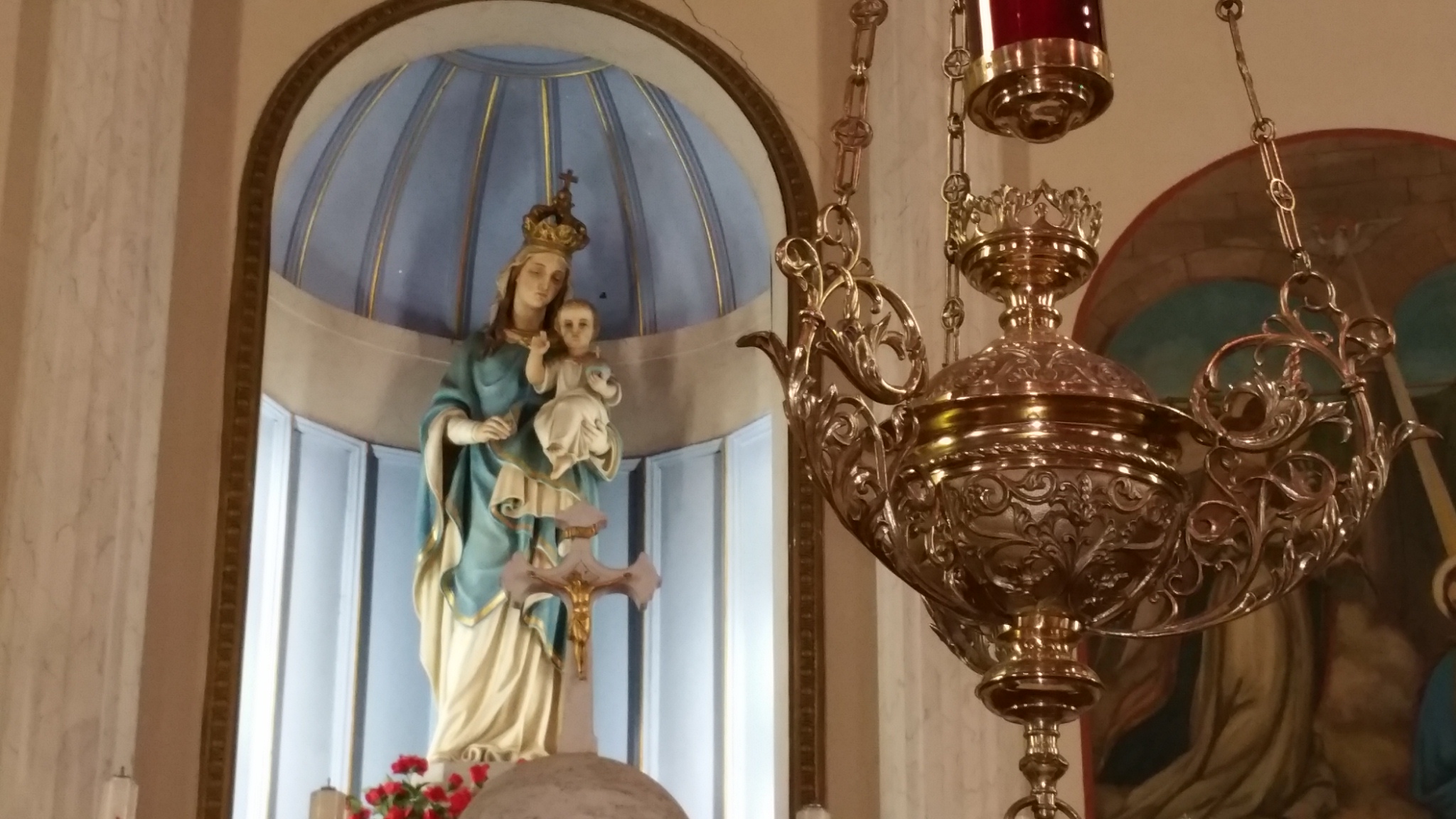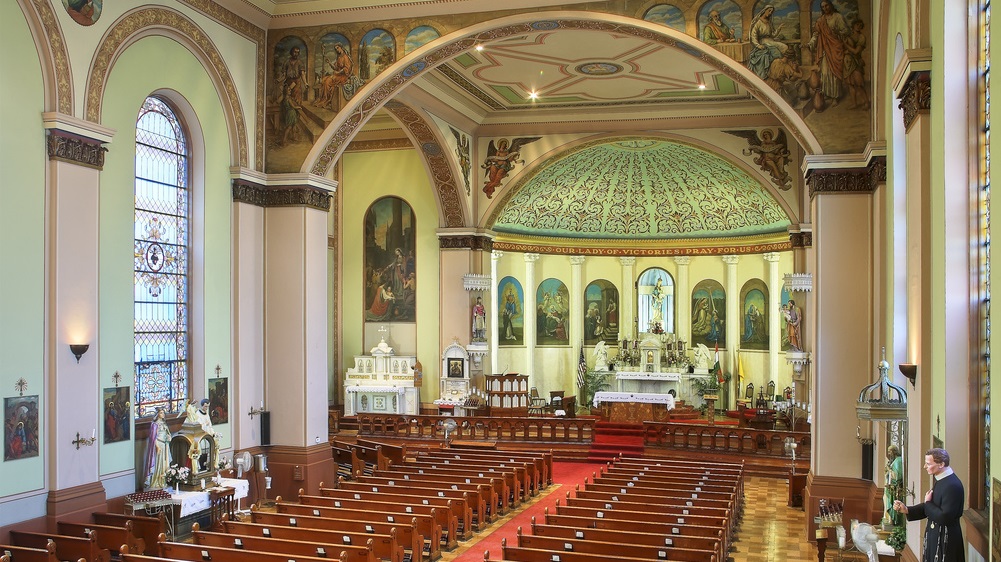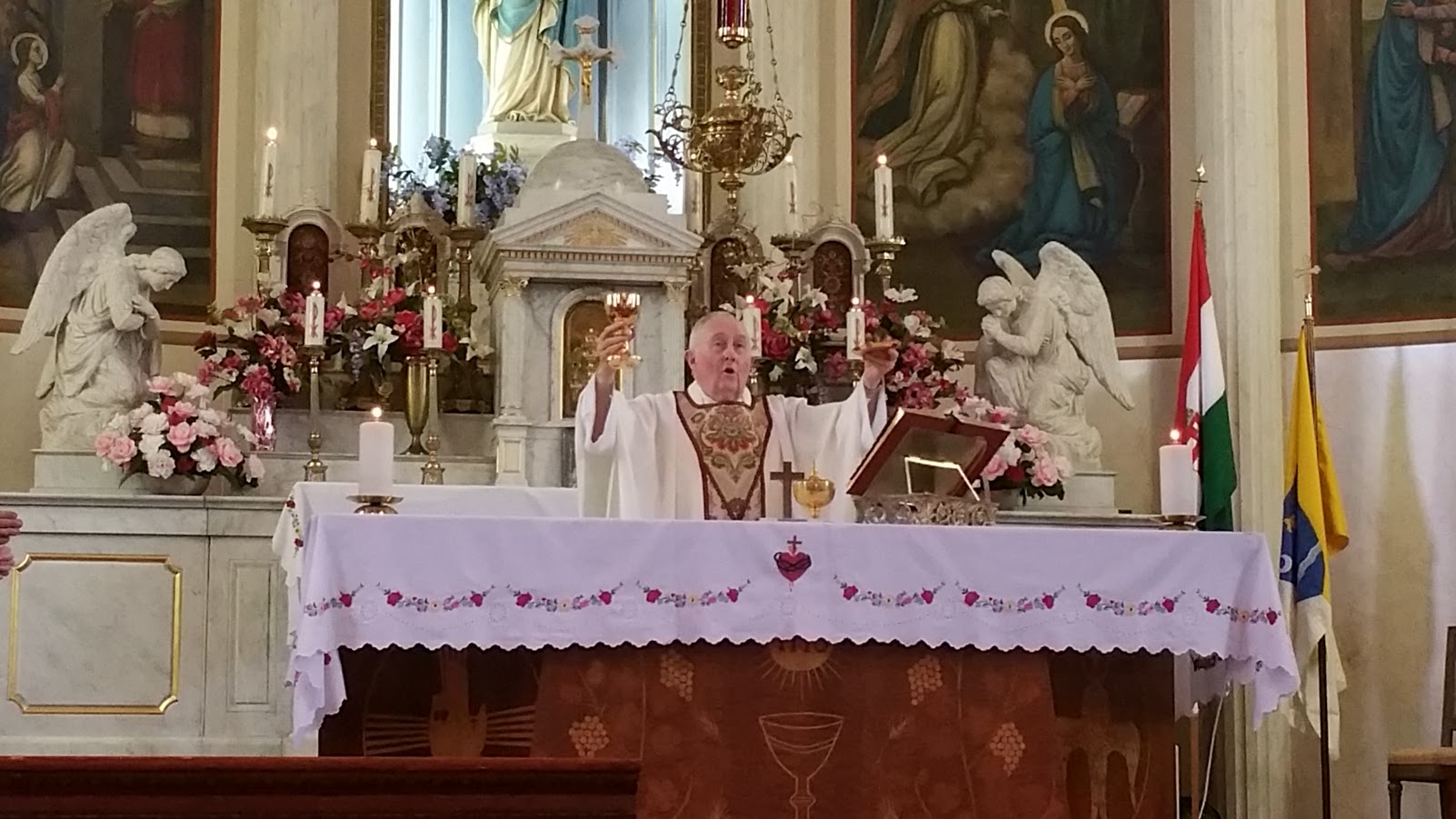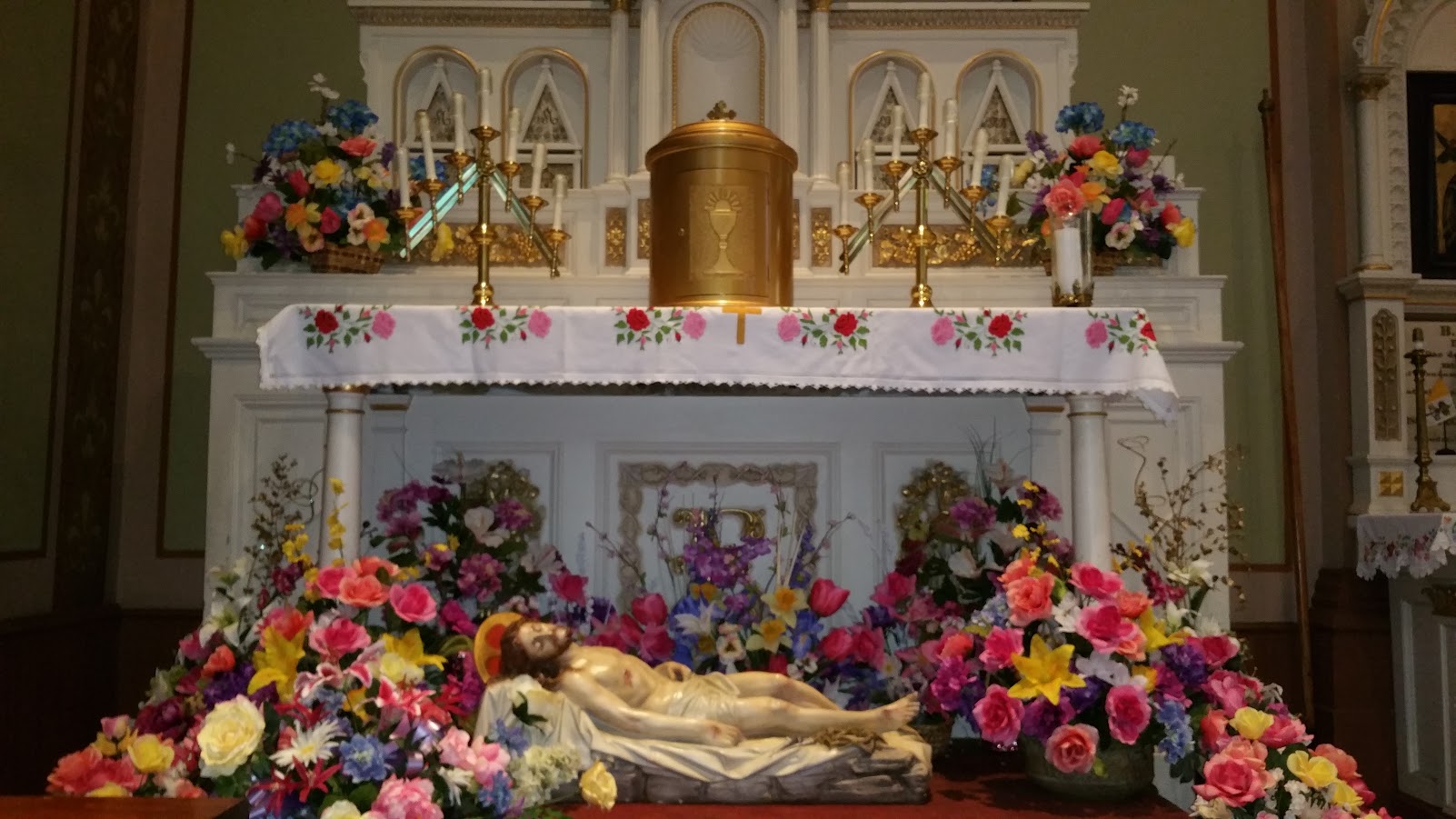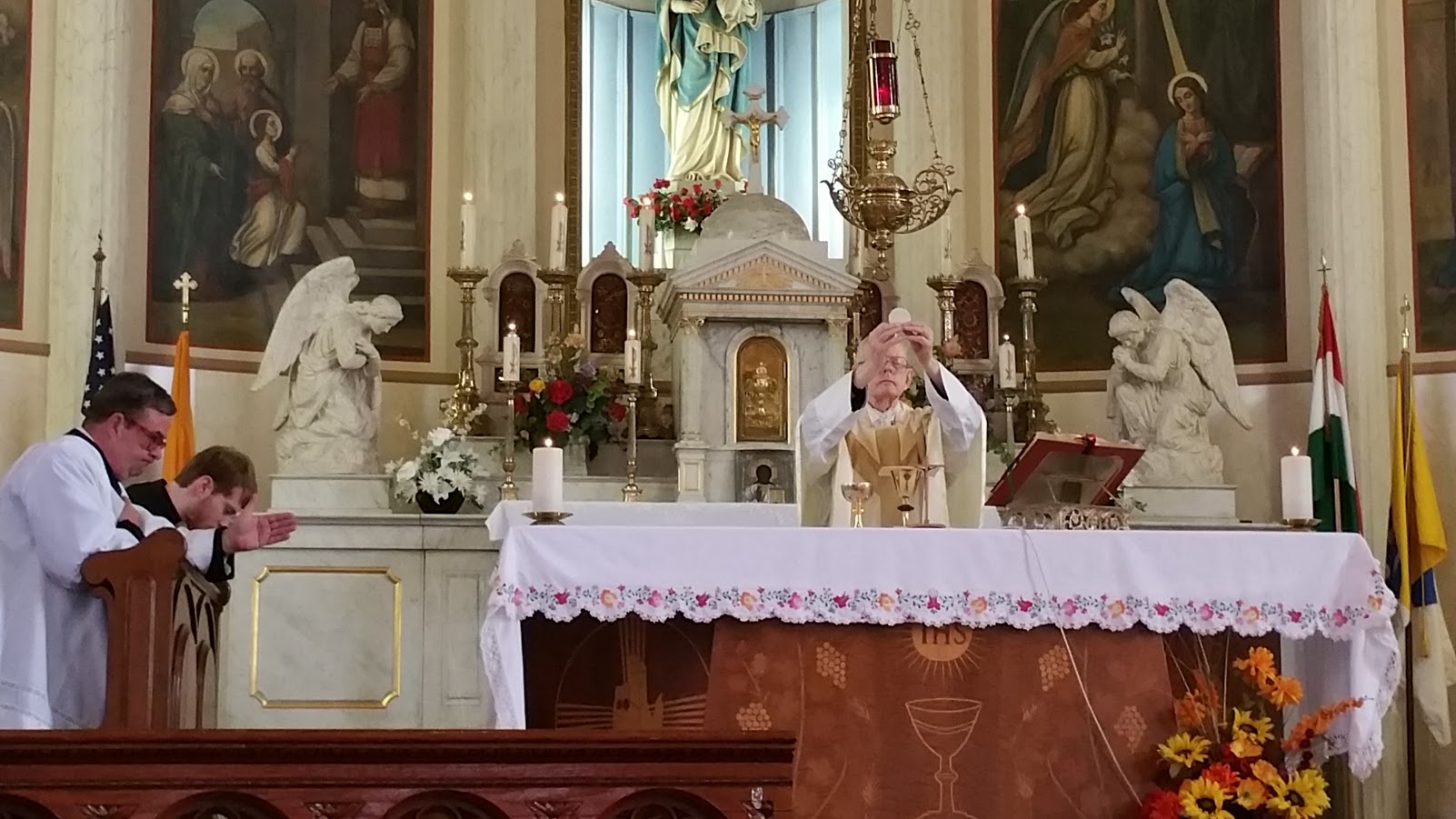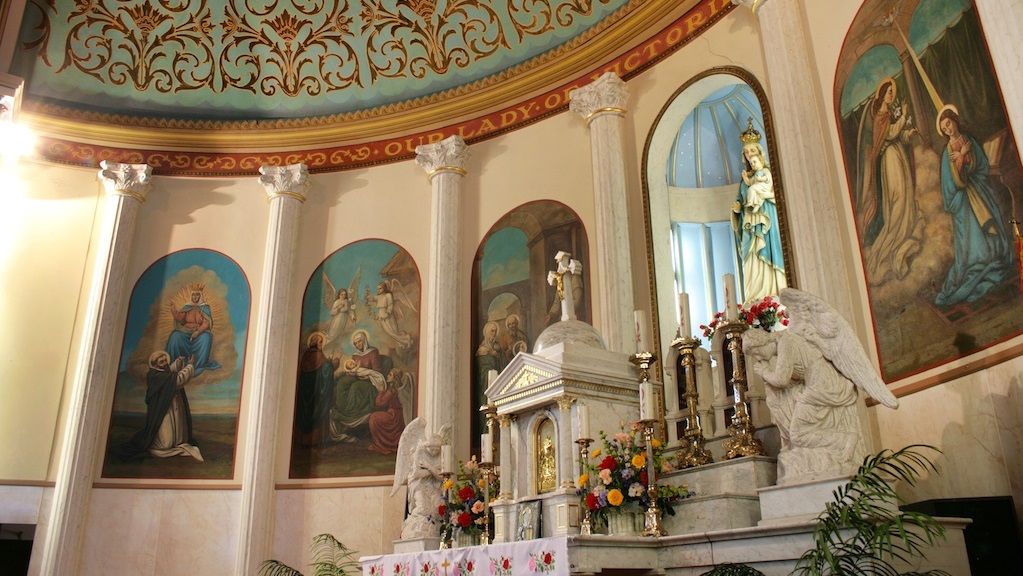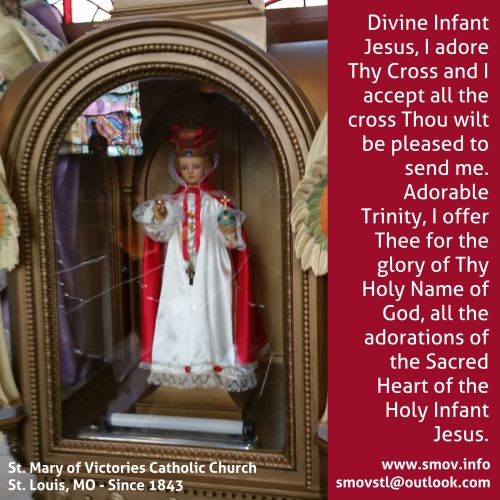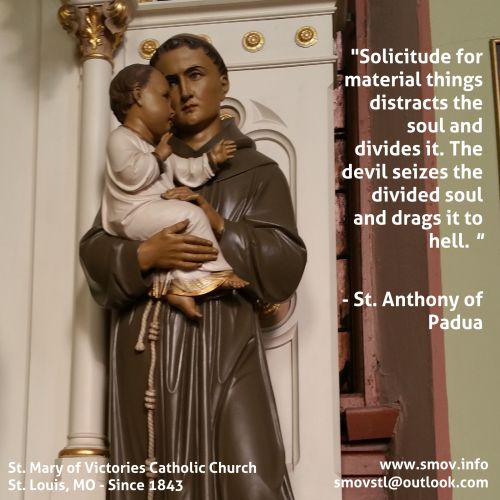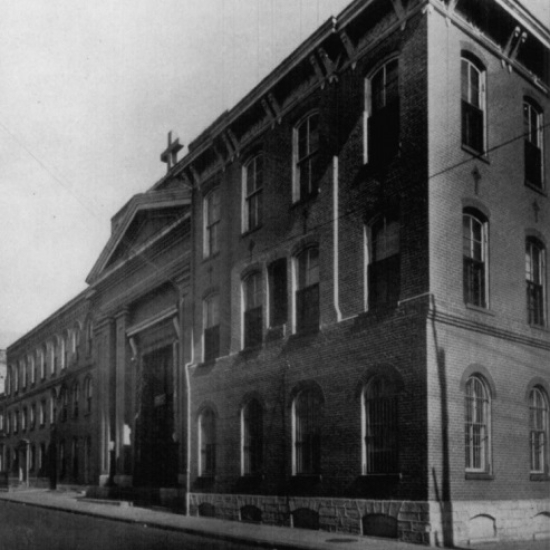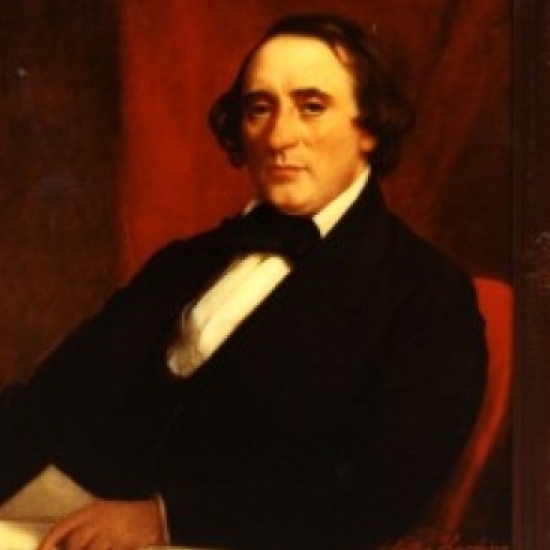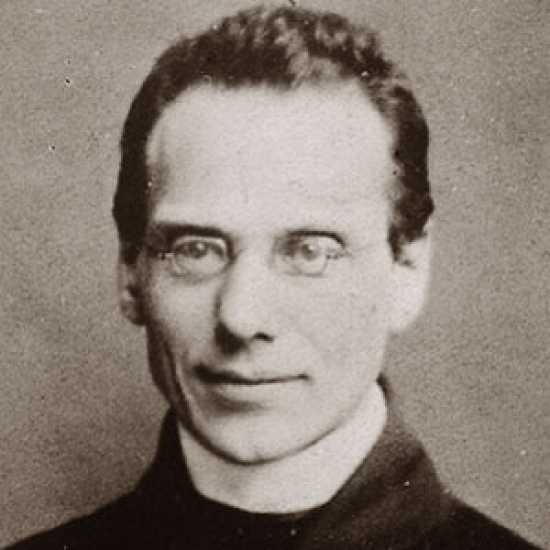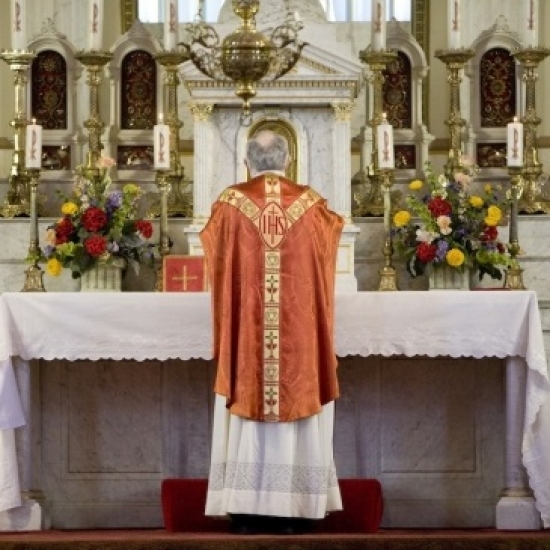14 August 2017, Vigil of the Assumption of the BVM
EF Missa Cantata 7.00pm
Introit: Vultum tuum
Gradual: Benedicta et venerabilis
Offertory: Beata es
Communion: Beata viscera
Recessional: Ave Regina Caelorum, PBC, p. 120
Ordinary from Mass X. No Gloria; no Credo; Common Preface; ferial tone for Preface, Pater Noster, and Ite.
In many manuscripts this Introit is assigned to the 1st of January, with the superscription Statio ad Sanctam Mariam, as well as to today's feast, to the feast of the Assumption, and also to the feasts of St. Agnes (21 January) and St. Euphemia (16 September), perhaps as a reflection of the second and third phrases. It is also one of the Introits of the Common of one Virgin. It has three (or two*) phrases:
- Vultum tuum deprecabuntur omnes divites plebis:
- adducentur regi virgines post eam;
- proximae ejus adducentur tibi in laetitia et exsultatione.
*Some manuscripts connect the 2nd and 3rd phrases into one.
The melody moves up and down gracefully but in a very tight way, sensing the presence of the majesty of Him whom Mary carries in her womb: super quem Reges continebunt os suum. The second phrase presents Mary as an ideal of perfect virginity. Following in her footsteps (post eam), countless virgins (virgines) have found their perfect joy in the King of Kings. The accented syllable here, as is often the case, has only one note while the syllable following has several. The same holds good with regard to the secondary accent on deprecabuntur and adducentur. The melody moves in simple fashion within the tetrachord d-g. The first half of the third phrase likewise confines itself to a tetrachord (c-f). The interval of a fourth over adducentur looks back to (di)-vites of the first phrase.
The Gradual has two phrases in the corpus and two in the verse:
- Benedicta et venerabilis es, Virgo Maria,
- quae sine tactu pudoris, inventa es Mater Salvatoris.
- V. Virgo Dei Genitrix, quem totus non capit orbis
- in tua se clausit viscera factus homo
The melody, like that of St Joseph on 19 March, is very expressive and well adapted to this text. The corpus is dominated by the stirring melody over Maria, while the verse has its fervent Virgo—a wondrous hymn of praise to the Virgin Mother of God. We begin the first phrase in a suppressed tone but lively tempo, and then continue Virgo Maria with bright and sunny warmth. If possible, sine tactu pudoris should be sung without pause for breath; the delicacy of its text calls for fine tonal shading. The same melody—more rounded out, however—recurs over Mater Salvatoris. After the tender and extended melody over virgo, care must be taken that the important words Dei Genitrix be not stunted. The development of the melody over quern totus non capit orbis differs somewhat from the original. Keeping the above remarks in mind, we might now compare -rabilis es and Salvato-, sine tactu and -venta es, pudoris and mater, Genitrix, quern totus and tua se clausit viscera. The melody over orbis suggests word-painting; that over homo, the abasement of the Son of God in His Incarnation.
The Offertory has three phrases:
- Beata es, Virgo Maria, quae omnium portasti Creatorem:
- genuisti qui te fecit
- et in aeternum permanes Virgo.
The Offertory was first used for the feast of the Visitation, and so sings the salutation of Elizabeth to the ‘Mother of God.’ Mary bore the Creator of the world; she brought forth Him who had created her. These two thoughts are emphasized by giving melodic prominence to Creatorem and fecit. Another thought, however, dominates the spirit of the Offertory as a whole. It is the inspiring and wondrous beauty of the Virgin Mother, who alone of all creatures was privileged to combine the dignity of motherhood with the radiant luster of virginity. Virgin (Virgo) thou art and virgin thou wilt remain (permanes) in eternity.
Although we would like to apply the above interpretation to this Offertory, the study of original sources, shows that this melody has been borrowed. In the old manuscripts we find it on the feast of St. Gorgonius (September 9) and on Easter Monday. On the former feast it forms the melody over the words Magna est...of the third verse for the Offertory Posuisti, while on the latter it is found over the words Jesus stetit... of the third verse for the Offertory Angelus Domini. The Easter Monday composition is probably the original one.
In its general mood and atmosphere the present Offertory is much akin to the Magna est of the above mentioned feast. In each case the melody depicts amazement at the wonderful things God has wrought in a human soul and admiration for its consequent worth and beauty. A rare instance of recitation in monotone is exemplified in this Offertory over quae omnium por-(tasti). The same holds true for the above Magna est over the words in salutari. The melody over Bedta es not only forms the introduction for the above verses, but for the Offertory of Easter Monday and of the feasts of St. Gorgonius and the Assumption. The high d over Virgo should be slightly retarded; the interval of a fourth will in this way be made more effective. In the final member of Virgo the descending fourth g-d forms a contrast to the ascending fourth a-d in the two foregoing members. Maria should be sung with warmth and fervor, and the two final clives somewhat retarded. The monotone recitation of quae omnium porta-(sti) should be measured rather than rapid.
The melody over creatorem is found also in the Offertories Angelus Domini, Posuisti, and Assumpta est. Its two bistropha, which are to be slightly retarded, should combine the well-defined groups of four notes. The melody depicts for us the greatness of Mary who bore in her womb and in her arms Him who not only created but also sustains the world. The interval c-g, which is to be retarded, divides the melismas over fecit into two unequal parts, the second of which can be considered an extension of the first. Mary, although a mother, remains a Virgin for all eternity; this is the theme of the final phrase with its large intervals. Permanes should be phrased like the final Alleluia of the Offertory on Easter Monday.
The Communion has two phrases:
- Beata viscera Mariae Virginis,
- quae portaverunt aeterni Patris Filium.
This melody is of somewhat later composition, dating from the eleventh century. The melody over aeterni—extending beyond the entire tone line—begins significantly with a fifth, while the following word begins a fifth lower, as if to say: the Son of Mary surpasses the limits of time and space and is beyond that which is earthly and human. Virginis marks the climax of the first phrase. The notes f, f g, g a over the accented syllables of the preceding words lead gradually to the melodic climax at a 6 b. These accents become more plastic and the melodic line more enlivened as the melody, following the individual accentsr descends. Care should be taken not to accent the 6 b, but to give the preceding a somewhat of an accent; this will produce the effect of two torculus. The phrase closes on the dominant. The second phrase is not so happily constructed. The cadence over portaverunt, for instance, is absolutely final. According to the import of the text, however, only a slight pause is permissible here. The first phrase was characteristically ethereal and light. The second phrase begins more quietly, in an almost depressed manner, and yet Mary bore in her most pure womb the sweetest burden, bore it while sunk in contemplation. The first phrase speaks of our love for the childlike trust in Mary; the second, of our adoration and reverence for the eternal Son of God, who became her Child. The partial cadences over (vi)-scera, (porta)-verunt and (Fi)-lium are similar.
The text shows a reverent awe for the great and singular privilege of Mary to bear the Son of the eternal Father. Although not taken directly from taken from Sacred Scripture, it reminds us of the scriptural reference of the woman in the Gospel who extolled the womb that bore Christ (Luke 11: 27).
